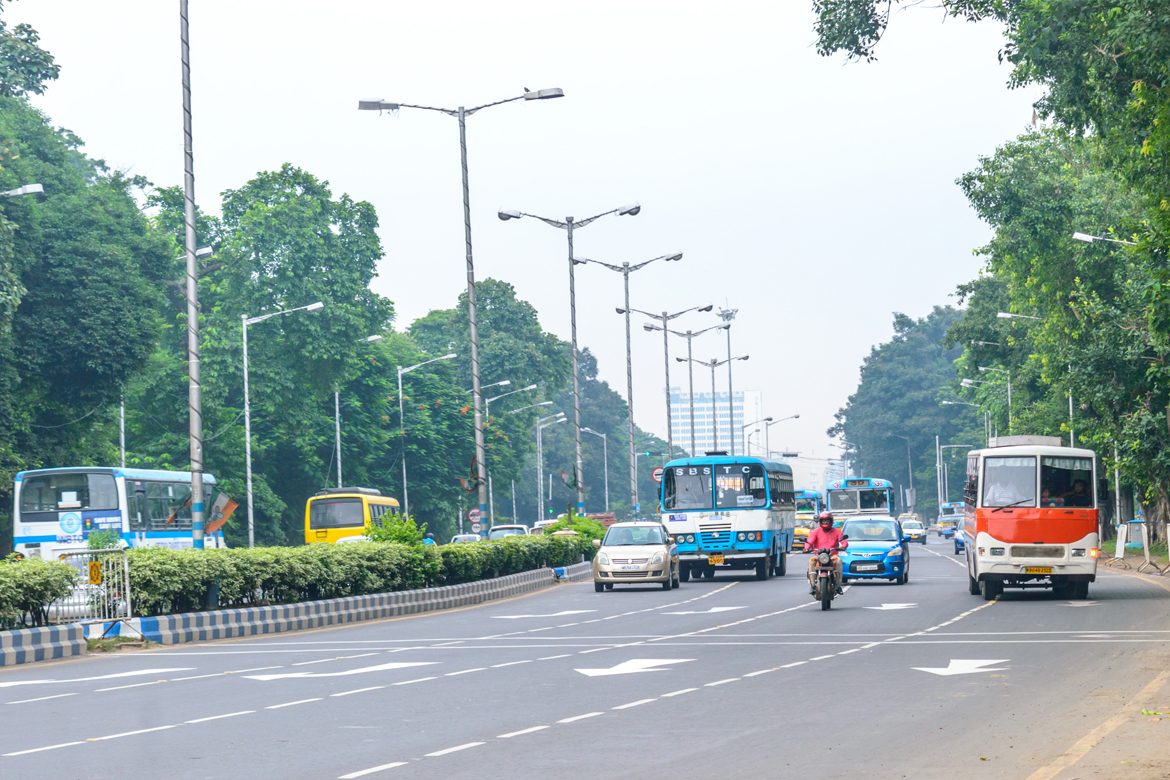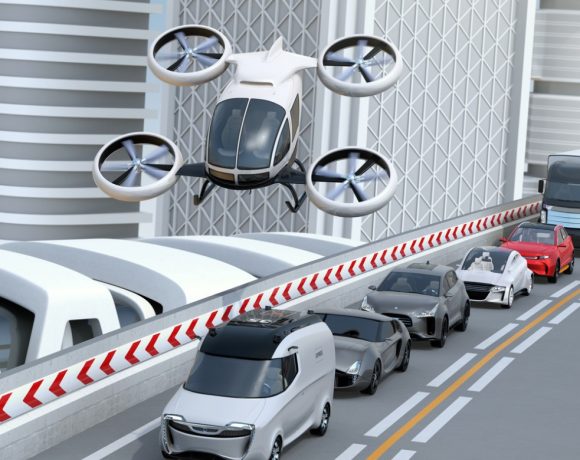- India houses 14 out of the world’s 15 most polluted cities in the world. There are multiple sources behind India’s toxic air. Motor vehicle exhaust is one of the main reasons.
- While the main reasons for pushing EVs is to bring down the Air Pollution levels, the benefits of transitioning to an electric future are manifold. India could save around $60 billion by rapidly adopting electric vehicles.
- The Indian customer places a more significant premium on price than safety, emissions, engineering excellence, etc. Slow charging facilities at home and offices will further remove the price concerns and make EV way cheaper than ICE vehicles.
India houses 14 out of the world’s 15 most polluted cities in the world. The Lancet Commission on Pollution and Health estimated that 2.5 million Indians lose their lives prematurely due to air pollution every year. One of the critical reasons for this toxic air is PM 2.5, an ultra-fine particulate matter with a size of 2.5 micrometers. Just for comparison, PM2.5 is 40 times smaller than a human hair. These particles often constitute toxic organic compounds and heavy metals. Due to their small size, they can travel deep into our body and infiltrate our lungs and even our bloodstream, causing severe diseases like cough, sneezing, to even lung cancer.
There are multiple sources behind India’s toxic air. Motor vehicle exhaust is one of the main reasons. As per the Indian Institute of Tropical Meteorology (IITM) study, vehicular emission accounts for almost 40% of PM 2.5 concentration in Delhi NCR. Therefore, reducing vehicle exhaust emission will not only improve the overall air quality but will significantly reduce the local air pollution. Electric vehicles have zero tailpipe emissions, and hence they will have a tangible impact on air quality. Improved air quality will have a positive effect on the health and well-being of the citizens.
While the main reasons for pushing EVs is to bring down the Air Pollution levels, the benefits of transitioning to an electric future are manifold. In May 2018, the Niti Aayog (India’s premier think tank) released a report estimating that India could save around $60 billion by rapidly adopting electric vehicles. So how does the country move towards an EV future? The transition will require an extensive policy and programmatic intervention, cutting across automobile, energy, industry, climate sectors, to name a few. First, it has to look towards its unique mobility profile. Here’s a summary.
Modal Share
The 2011 census for the non-agricultural workers provided some interesting insights about the commute to work. About 30% of Indians don’t travel to work as they live close to their workplace. Walking is the highest mode with about 23% mode share, followed by bicycle at 13%. The public transport mode includes buses with 11%, tempo and auto-rickshaw 3%, and trains at 3%. The personal mode of transport includes two-wheelers at 13% and private cars at 3%. Work trips form more the 60% of the trips in our cities, and the 2011 census reveals that car trips are only 3% of all the travel-to-work trips in India.
Fleet Composition
The 2011 census also revealed that two-wheelers are the highest mode of motorised transport for travel-to-work. In FY 2019, more than 21 million two-wheelers were sold in India, which means, 81% of all vehicles sold in FY 2019 were two-wheelers. The market is expected to grow further with the increase in the two wheeler sharing. Both established and new players are offering low-priced shared mobility solution in this critical vehicle segment. The two-wheeler sharing market was estimated to be around USD 31.1 million in 2019. It is expected to reach USD 94.0 million by 2025, with a CAGR of 20.2% from 2020 to 2025.
Travel distances
Indian cities are dense, relatively compact with mixed land uses. This means that travel distances are not very large in Indian cities. As per census 2011, out of the 140 million who do travel to work, quarter travel less than 1 km for work and a third journey less than 5 km for work. Only 21% travel more than 10 km for work, and only 12% travel more than 20 km. The situation is no different in big cities. A study by the Indian Institute of Tropical Metrology found that daily use of two-wheelers in Delhi in 60 km, while personal cars are used for 55 km per day, app-based taxis, on the other hand, travel about 400 km per day. The low travel distances are an essential aspect of the Indian commute.
Ambient temperature
Most cities in India, barring a couple, have an ambient temperature in summer over 40-degree centigrade. In fact, in June 2019, 10 Indian cities were featured amongst the top 15 hottest places on the planet with a temperature closer to 50-degree mark. This is an important aspect that needs close attention because extreme temperatures pose several limitations to electric vehicle performance, including the charging. The efficiency of lithium-ion batteries is maximised when the ambient temperature is close to 20 °C. The temperature in our cites can vary between 0 to 45-degree centigrade. This is an essential aspect in deciding the size, chemistry, and management of batteries.
Price concerns
If India is a price-sensitive market, then the automotive sector is the poster child of the market. It is a known fact that the Indian customer places a more significant premium on price than safety, emissions, engineering excellence, etc. While emission and safety regulations may influence purchase criteria, it will take a few years before they become the driving agenda for influencing the purchase. This is evident from the fact that cars averaging over USD 15,000 form less than 2% of the motor vehicle fleet in India. A motor vehicle that has a low capital cost, high mileage, and good resale value will appeal to a typical Indian customer.
Piyush Goel, the then Minister of State for Power and Renewable Energy, shocked the country in 2017 when he said that the central government is preparing a road map to ensure that only electric vehicles will be produced and sold in the country by 2030. That was an ambitious target, especially when developed countries like the UK and France are hoping to phase out internal combustion engine cars only by 2040. Therefore, the current ambition of achieving the 30% electric vehicle target by 2030 appears much more realistic, but an uphill task nonetheless.
As India moves forward towards an electric journey, it needs a strategy based on its unique mobility characteristics, which means;
1. Two-wheelers should be the focus vehicle segment in the personal vehicle segment, along with shared mobility through buses, taxis, and auto-rickshaws.
2. A swappable battery along with a regular battery can be considered for smaller vehicle segments like two-wheelers, which will reduce the cost and remove range anxiety.
3. Separating batteries from vehicles and treating them as fuel by the mechanism of the lease will reduce the high upfront cost of the vehicles
4. Battery management system for India scenario along with alternative battery chemistry to mitigate high ambient temperature.
5. Slow charging facilities at home and offices will further remove the price concerns and make EV way cheaper than ICE vehicles
The future of motorised mobility in India will be shared and electric. The growth in shared mobility will occur mostly through the private sector. However, the transition to electric will require a large scale transformation. The transition to an EV future may not be easy. Still, the benefits of this transition like cleaner air, lower emission, more affordable mobility, etc. will far outweigh the pain of the transition.






NO COMMENT